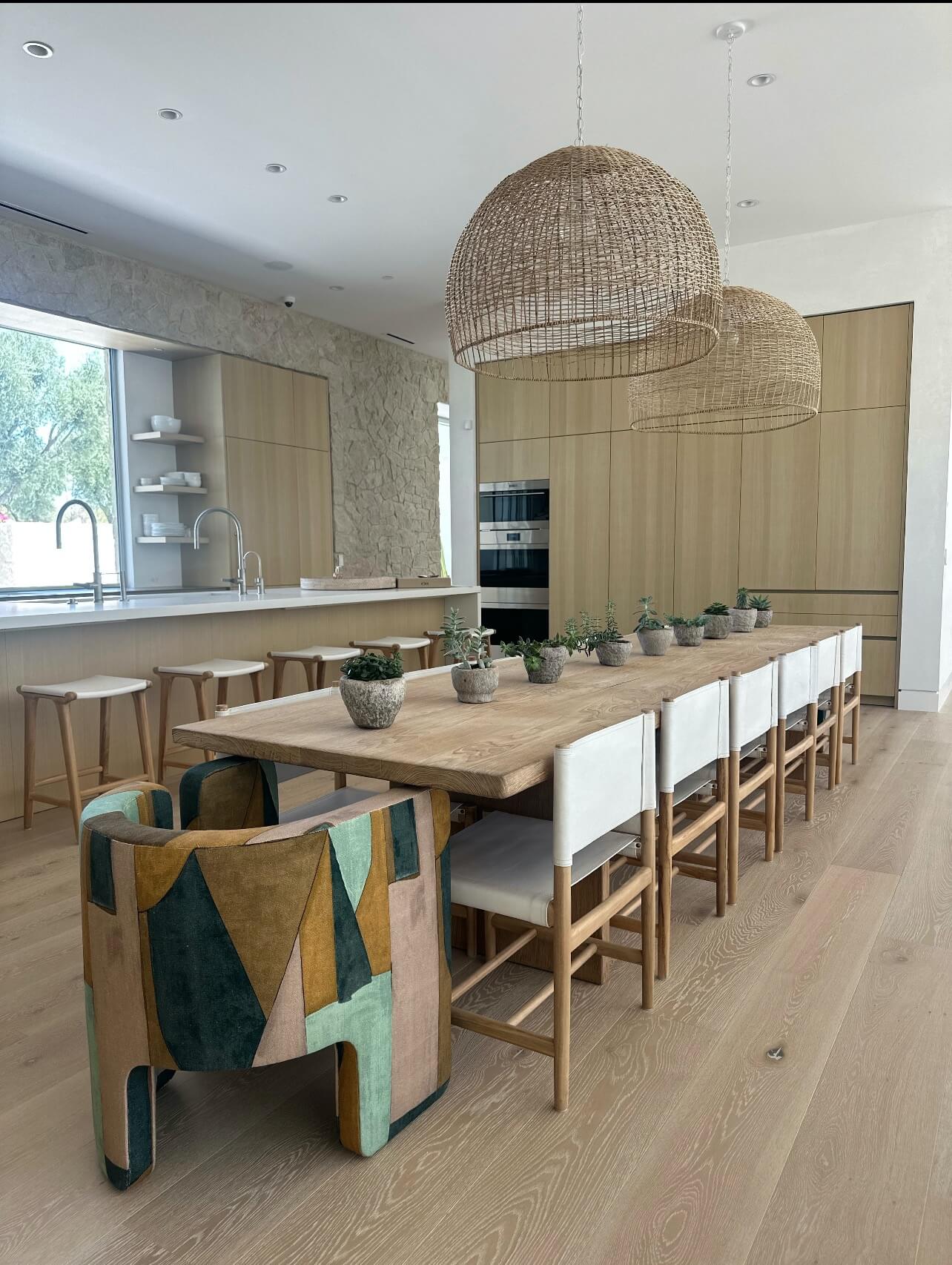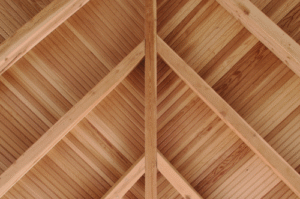Specifying Wide-Plank Engineered Hardwood: Tolerances, HVAC, and Subfloor Standards

Every wide-plank project starts with the same truth: the job site decides success long before the first box of flooring is opened. Temperature, humidity, and air movement control how wood behaves, no matter how advanced the construction.
Start with the Environment, Not the Box
Maintain a stable, conditioned space with temperature between 60°F and 80°F and relative humidity between 35% and 55% before, during, and after installation. HVAC must run for at least a week prior to delivery.
Wide engineered hardwood boards are constructed entirely from wood layers, not synthetic fillers, so they respond to environmental change like natural wood. Proper HVAC control allows the engineered core to move predictably instead of unpredictably.
Subfloor Flatness and Levelness
Wide-plank engineering makes tolerance a specification, not a suggestion.
Industry guidelines require subfloors to be within 3/16 inch in 10 feet for engineered hardwood installations. Anything beyond that introduces deflection, hollow spots, or joint stress.
Haute Plank boards are constructed in sizes up to 40 inches wide and 38 feet long, so even slight undulations become amplified over distance. Spot-leveling isn’t enough. Long straightedges and laser leveling are required for accuracy.
Document your readings before install – flatness, slope, and moisture – because performance failures almost always trace back to prep, not product.
Moisture Thresholds That Actually Work
Moisture imbalance is still the most common cause of flooring movement. For engineered hardwood, the acceptable difference between subfloor and board is no more than 2%.
Haute Plank’s marine birch core, built entirely from European hardwood layers, offers dimensional “memory.” It returns to its original form after temporary exposure to humidity changes, minimizing cupping or bowing that would permanently distort lesser cores.
Radiant Heat and Wide Plank
Radiant systems and hardwood coexist successfully when temperature is controlled with precision. Maintain surface temperatures below 80°F (26.7°C) and increase heat gradually; no more than 2°F per hour.
Temperature sensors should be installed directly under the finished floor surface to prevent overheating. Haute Plank’s full-wood construction performs reliably with radiant systems when those parameters are followed.
Movement Planning at Transitions and Perimeters
Wide-plank wood floors move more visibly than narrow boards. Plan for expansion and contraction before installation starts.
Allow a minimum ½-inch perimeter gap for planks wider than 10 inches. In long corridors or open runs, add movement breaks to relieve tension. For stair edges, maintain consistent nosing support with either full adhesive contact or hidden mechanical fastening.
With 3/4-inch-thick construction, wide planks hold mass and strength, but that same mass amplifies pressure if movement space is ignored.
Delivery, Acclimation, and Sign-Offs
Deliver flooring only after all other wet trades are complete and HVAC has been operational. Acclimation should occur in conditioned space, not in garages or unfinished areas.
Before installation, record temperature, humidity, and moisture content readings of both floor and substrate. Keep them on file. That documentation becomes your warranty protection if the project experiences environmental variance later.
Quick Specification Notes (Division 09 Ready)
- Maintain ambient temperature 60–80°F and RH 35–55% during and after install.
- Verify subfloor flatness ≤ 3/16 inch in 10 feet.
- Limit moisture differential to 2% between subfloor and flooring.
- Maintain radiant surface temperature ≤ 80°F.
- Allow ½-inch minimum perimeter expansion for planks wider than 10 inches.
- Record environmental and moisture data at installation start.
Learn More
For detailed construction data, refer to the Haute Plank Specifications or visit our Engineered Hardwood page to understand how material design supports project performance.
Note: Factual information in this article was sourced from Haute Plank Specifications, NWFA Technical Standards, Wood Floor Business, and Uponor Radiant Reference Guide.






